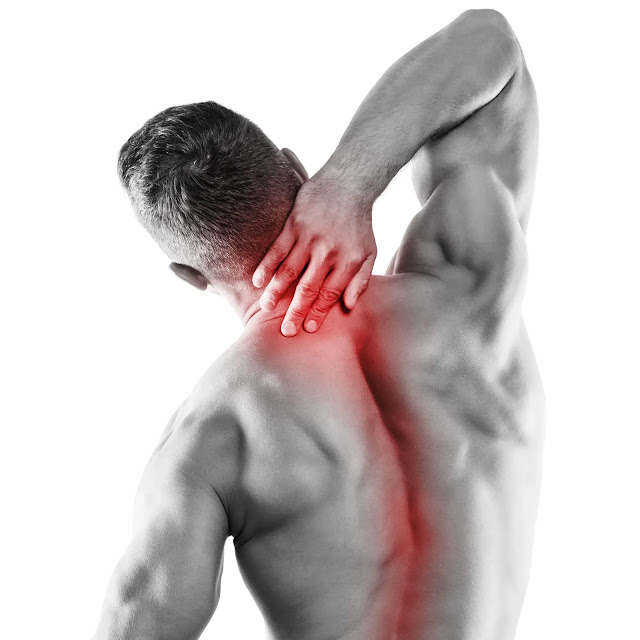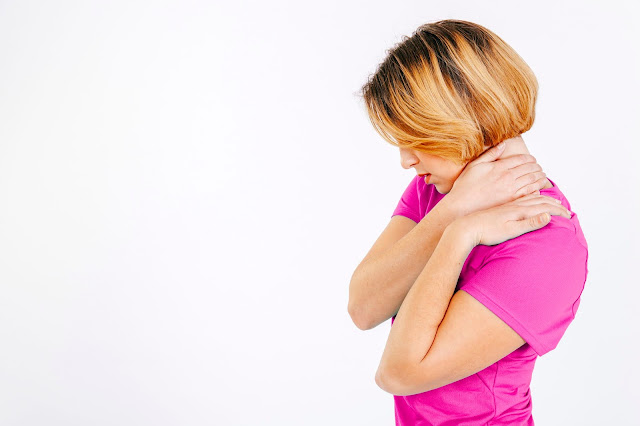Maintaining Good Bone Health During This Pandemic

As the continuous COVID-19 pandemic proceeds we are confronting a gigantic medical care emergency. Worldwide the pandemic has sped up or rather decelerated the whole human populace into the limits. Work from home, social safeguarding, and watchful open-air adventures has upset our passionate prosperity as well as definitely influenced our actual wellbeing. As individuals are limited to their homes with diminished actual work there is quick bone resorption (misfortune) as muscles and bones are not getting satisfactory incitement. Additionally, the absence of openness to the sun during the pandemic has basically influenced nutrient D levels in our bodies. Individuals are as often as possible inclined tired with an absence of energy and strength. Let’s read on to know how one should maintain good bone health during covid . Everybody should be mindful about the well-being of their bones as much as their different requirements. Bones support us and permit us to be portable. Bone wellbeing i



